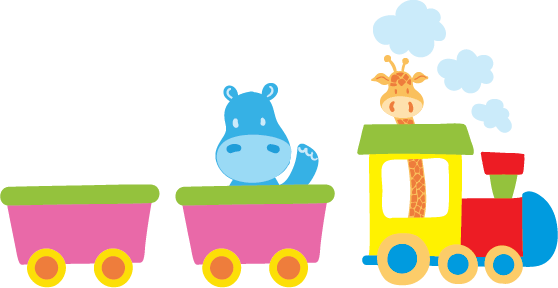Have you ever wondered why the letters of the alphabet are organized the way they are? Who decided A has to be first and Z has to be last? Why not group the vowels together? Or similar sounds like g/j and c/k? The simplest version of a very complex, academic answer to those questions is, “Because that’s the way we do it.” Our modern-day alphabet was formed by contributions from the Phoenicians, Etruscans, Greeks, Romans, and other cultures throughout history, and took shape roughly 3,000 years ago. And no one can explain exactly why it is the way it is.
Scientist Neil deGrasse Tyson shared an interesting approach to “alphabetical order” on Twitter:

(Think ae, aich, arr, bee, cue, …)
For children who grow up in English-speaking homes, the alphabet becomes largely intuitive. They learn to sing the “ABC” song before they are able to identify or write the letters. Perhaps they play with alphabet magnets and puzzles. By the time these children learning english, to read and write, the letter names are firmly ingrained in their minds. Eventually, the letter order S-I-M-O-N or M-O-M-M-Y becomes much more meaningful than A-B-C-D-E.
Children who learn English at a later stage in life, however, have different learning needs. By the age of 5 or 6, they already understand that letters (in any language) have sounds and they can be combined to make words. They have the fine motor skills to use a pencil, and their phonemic awareness and literacy skills are developing. In this unique stage of preschool learning English curriculum, the alphabetical order has little importance or significance to them.
So what order is important? The All Aboard the English Train series of workbooks introduce letters (as well as sounds, like ch, ar, and qu) in order of usefulness. For example, the letters s, a, t, i, p, and n form more three-letter words than any other six letters. Therefore, All Aboard the English Train teaches them first, in order to provide children learning english with meaningful context. Instead of mastering 26 letters and 42 main sounds before beginning to read, children can now begin reading after learning just 6 letters.

Each group of sounds is thoughtfully selected to maximize teaching young children to read and minimize confusion. The similar-looking letters d, b, p, and q are presented in separate groups and at separate times. In addition, sounds that can be represented by more than one letter combination learning book are initially taught in one form only. For example, the sound ai (rain) is taught first, and then alternatives a-e (gate) and ay (day) follow later in the lesson plan.
Introducing 26 letter sounds to younger students:


Introducing 42 sounds to older students:


As children learn a group of sounds, they are also supported with illustrations, hand gestures, and traceable letters. In this way, children who learn second language, in different ways can reinforce sound group learning audibly, visually and physically. This multi-faceted approach makes each sound meaningful and memorable.

Level 1 (The PiggyBack Ride):

Level 2 (The Passenger Ride):

Level 3 (The Pullman Ride):


To learn more about the pedagogy behind All Aboard the English Train, see our post “A Sounds-First Approach to Learning Language.” If you have thoughts or questions about language workbooks and teaching English, our community would love to read them in the comment box below.

